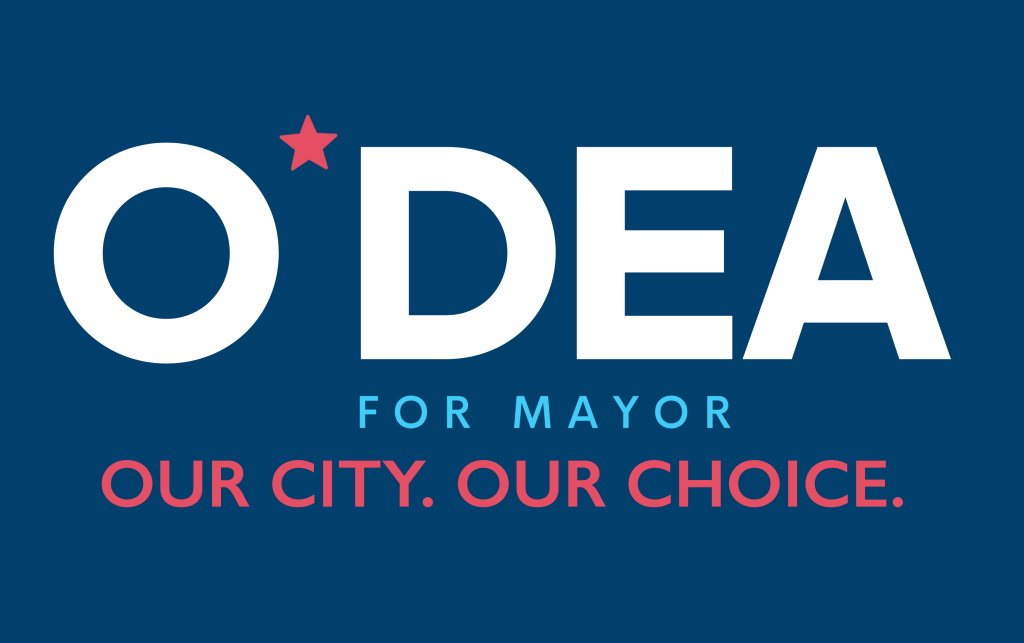By Bill O’Dea
In a letter to the editor, former Gov. McGreevey calls on Jersey City to get its budget act together but offers no real concrete solutions as it relates to the operating budgets — either this year or long term. I would like to address issues he raised. First, let’s get down to basics. There are only two ways to approach a budget: revenue and expenses. As it relates to the Jersey City Board of Education, revenue is the key one, and Jersey City has been sabotaged politically by the state for several years.
McGreevey is always quick to call out the Jersey City school system, but the increase in the school portion of the budget paid by the city taxpayers and rent payers lies directly in the punitive state aid funding formula that has cut our state aid since 2020 by 14.6%. This formula was championed by and directly benefits many of Jim’s out-of-town benefactors, some who attended his announcement last November.
The draconian cuts, which will penalize Jersey City by over a quarter of a billion dollars in FY 25 alone, is, in great part, for generating hundreds of millions in new state income tax, corporate business tax and retail sales tax for the state of New Jersey from development that occurred. It fails to recognize the level of need that continues to persist for our inner-city students.
An analysis of the last six years shows that state aid for the Jersey City school has been reduced by $285 million, or a negative 70%, while Union City has increased by $37 million, or 20%, and Paterson’s has increased by $128 million, or 30%!
Does it make any logical sense that Union City gets almost double the amount of state school aid that Jersey City does? That Paterson receives close to four times the state aid? The school aid formula needs to be simplified and one way I suggest, could be to base it solely on the number of students eligible annually for the free school lunch.
Going forward, any municipality receiving state school aid must, within any PILOT (tax abatement) agreement, be required to allocate on an annual basis to the board of education its pro rata share of the PILOT based on the percentage of the local tax levy that year. This was done by the city recently in the case of the planned Bayfront development.
Fairly allocating school aid in a manner that doesn’t discourage municipalities from increasing both their own tax base while also bringing additional state revenue to New Jersey makes common sense. For decades, Jersey City — and many other municipalities — gave out lucrative PILOTs because the amount of revenue the city received was actually greater than with a full assessment, while the school district received zero. This was blatantly unfair.
Jersey City and Paterson each have approximately 12,000 students eligible this year for free lunches while Union City has almost 8,000 students eligible.
If you combine the funding the three school districts will receive under the proposed FY 2025 budget and calculate the percentages, Jersey City gets 15%, Union City 26% and Paterson 59% of that funding. Under a formula based on students eligible for the free lunch program that would change to 37.5% (or a 250% increase for Jersey City), 37.5% for Paterson and 25% for Union City, which will basically remain the same as is currently proposed.
In some off-the-record conversations with some legislators and former legislators, they agree with the unfairness of, and bemoan the “politics” of the state school aid formula. In fact, one Hudson County legislator went on record at a recent Democratic committee meeting breakfast proffering that increasing voter turnout for Democratic candidates will help with issues like how much state aid Jersey City receives! The quality of education our children receive cannot be based on the whim of legislative leaders and voter turnout.
This formula change would result in a $200 million increase in Jersey City’s school aid. If the payroll tax becomes a credit against the state aid amount (which is reasonable), the increase would still be well over $100 million. This correction in the formula is the single biggest way for us to deal with the immediate financial property tax situation we are facing.
While my suggestion may not be the only one, it clearly points out the pitfalls of the current one and the need to change to one that is NOT punitive to a single urban area. One that recognizes the ongoing needs inner city urban youth. I proffer, though, that any equitable formula will result in a substantial increase in state aid for schools.
I concur with The Jersey Journal that we need to come together to make our schools better. In fact, last November when I announced my candidacy, my cornerstone was that the city and board of ed need to become partners to ensure a bright future for our young people — and stop playing the blame game. That blame game has made it easier for the state to shortchange us!
Just pointing out low test scores in some schools and holding self-serving town hall meetings (a throwback to Bill Clinton days) will solve nothing and continue to make it easy for the state to shortchange us. The days of divide and conquer have to end now — and not be cannon fodder for a political campaign. Our children can’t afford to wait two years and be a political football.
There is a post-COVID need to help students catch up with basic skills. That need is real and immediate. Finding ways and funding to open more schools for after-hours recreational and academic programs is critical to improving the future for our young people. To do that, we will need resources from the local to federal level with corporate sponsorships from the business and development communities.
Coming together and demanding our fair share of state school aid is the important first step. I call on those legislators who represent Jersey City to start now as part of the State FY ‘25 budget process.
Bill O’Dea represents District 2 on the Hudson County Board of Commissioners and is a candidate for mayor of Jersey City in the 2025 elections.

